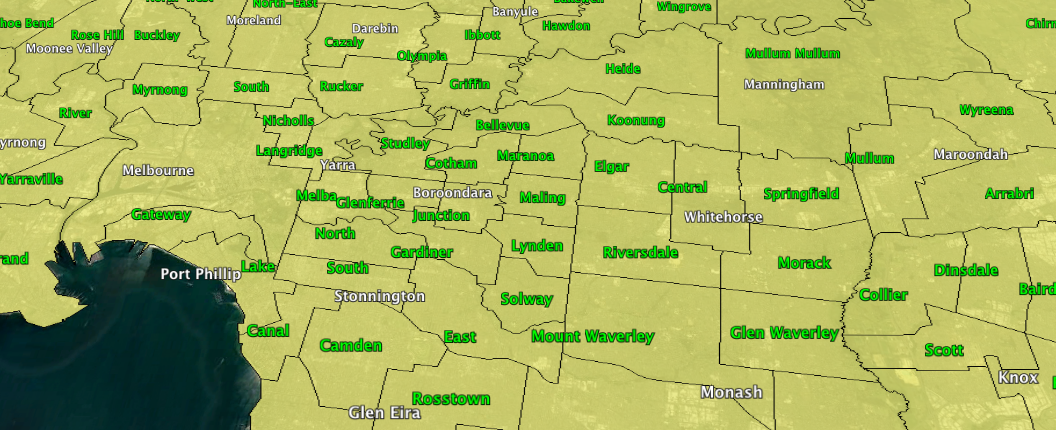Victoria’s Legislative Council is today considering legislation which would significantly worsen Victorian council elections by changing the voting system.
The bill, amongst other reforms, would introduce a preference for councils to be elected by single-member wards. At the moment Victorian councils have a mixture of single-member wards and multi-member wards, and the decision about their structure, as well as the exact boundaries, is made by an independent body on a regular timetable.
Since the early 2000s there has been a consistent trend towards multi-member wards, which allows for the use of proportional representation.
I wrote about why this change was a bad one back in July, but I wanted to emphasise some particular points.
The Andrews government’s proposal claims that this change would “make councils more accountable” but nothing could be further from the truth.
On the contrary, single-member wards, along with the return of Labor to council elections as is planned in 2020, would likely result in some wards becoming solidly safe wards without any serious electoral competition. Multi-member wards, particularly those electing three or more, usually have at least one seat which is in play, and make elections far more competitive.
It is true that there is inconsistency in ward structures across the state, with proportional representation used in some councils but not others. But you could just as easily solve this problem by requiring a minimum ward size of three, and by requiring (as is the case in New South Wales) that all wards elect the same number of councillors.
Single-member electorates are also bad at the state and federal level, but some of the problems are mitigated in larger jurisdictions due to the balance of different areas voting in different ways. Labor wins most seats in western Sydney and the Liberals win most on the north shore.
But at a council level, that is often not the case. Usually only one major party is strong in each council. PR can help fix this, by ensuring that party needs to actually win a majority of votes (approximately) to win a majority of seats. It often encourages the election of independents and local parties which just compete in one or two councils in opposition to the major party who dominates the area.
But single-member wards instead lead to a major party lock, which discourages competition. We saw this viscerally in New South Wales with the old Botany Bay council, where Labor won all six single-member wards as well as the directly-elected mayor, and elections were often uncontested.
If you live in Victoria, I encourage you to call or email your local members of the upper house, particularly those in the Coalition or on the crossbench, to encourage them to not pass this legislation with this particular requirement. It’s good to see that the Greens, Liberal Democrats and Animal Justice are already opposing this move:
Green, Animal Justice and Lib Dems upper house MPs join against single member wards under local Govt Act changes. #7NewsMelb pic.twitter.com/7cRaatpOdT
— Brendan Donohoe (@BrendanDonohoe7) March 2, 2020




I emailed (politely but firmly) all five of my upper house MPs – four of whom are Labor or Liberal. None replied to my correspondence. Neither Labor or the Coalition is going to back down on this: they’ve decided it’s in their best interests to squash other voices on councils.
I wonder whether the upper house is next. If Labor are happy to trash their own reforms like this, it stands to reason they might be looking to return the upper house to the two-member provinces structure. I’m sure Somyurek would be delighted.
Comments are closed.